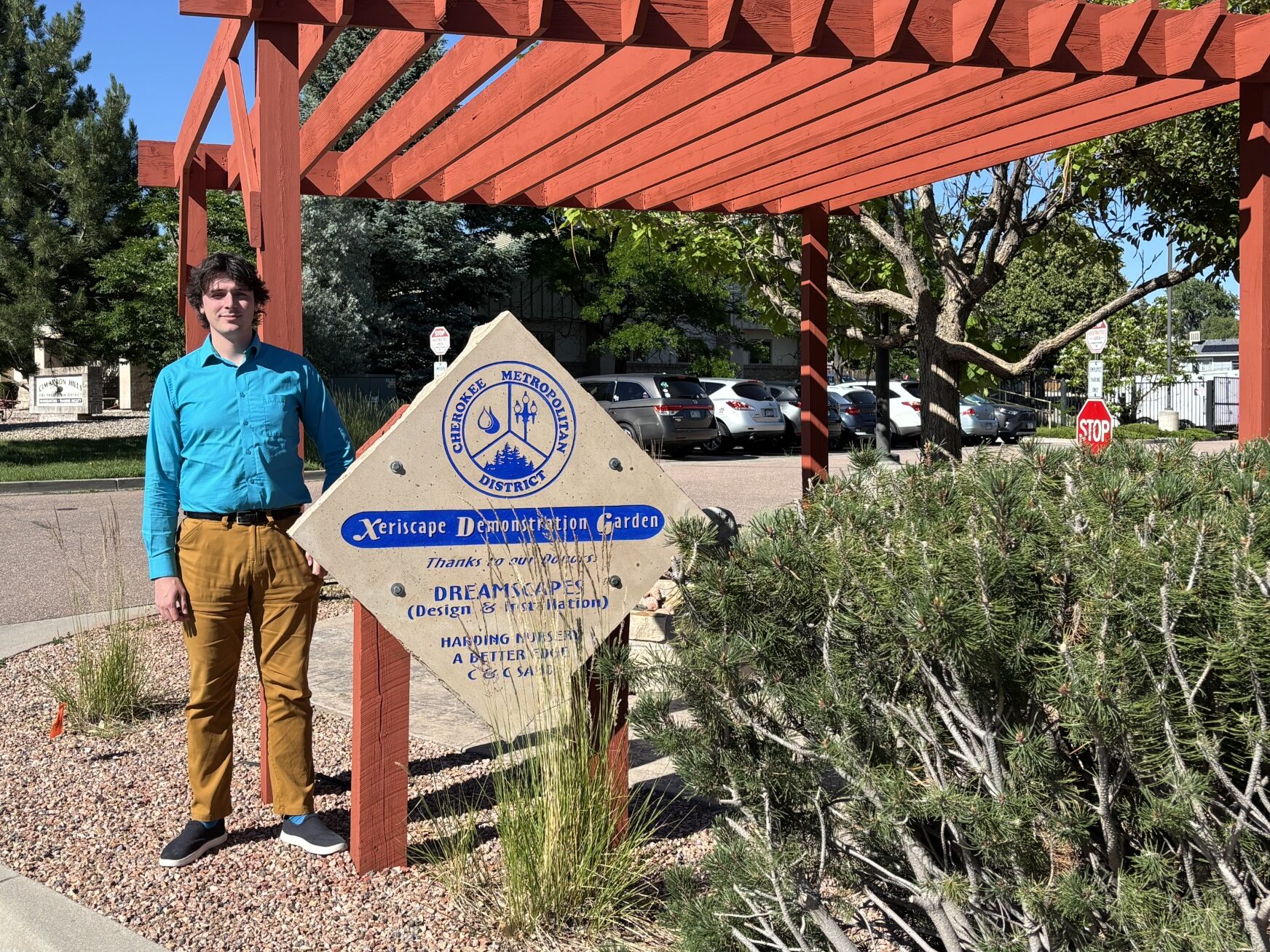The Environmental Protection Agency may not have funding next year for a portion of the clean up at the Colorado Smelter Superfund site in south Pueblo.
This project targets toxic lead and arsenic left behind when the former smelter closed more than a century ago.
The EPA poured additional funds into the $75 million project, fast-tracking soil cleanups at residential properties in the area. Contaminated soil has already been removed from more than 500 yards and replaced with clean landscape material. This work is slated to continue as planned.
But the smelter’s massive slag pile still needs to be dealt with.
Based on federal budgeting projections for 2021, area residents like Velma Campbell are worried that funds will disappear next year for cleaning up the slag pile left behind by the long-gone smelter.
“It really makes me angry almost beyond the ability to be coherent when the message is one of gaslighting our concerns," Campbell said. "When it’s EPA's intention at least for the foreseeable future to walk away from half of the project and leave this city stuck with a contaminated site squat in the middle of our community."
The slag pile itself is nearly as big as two football fields with about the same amount of additional sediment. Testing and analysis of soils and groundwater in this area isn’t finished, so there’s no remediation plan yet.
Local officials say that getting this part of the project done is critical to revitalizing the entire area. There are safety concerns too, because it’s in an area often used by people experiencing homelessness.
“It’s devastating to our town," said Pueblo County Commissioner Terry Hart. "It’s devastating to what we are trying to accomplish and it’s a shot in the gut.”
Hart added that he appreciates the work that’s already been done at homes and he knows federal budgeting is still in process and it could change.
EPA officials said they aren’t walking away from this project and they care about the community. As of early November, the EPA had completed soil sampling at more than 90 percent of the 1,700 or so homes in the Superfund area. About 800 properties did not require soil cleanups. Indoor dust clean-ups have been done in 193 of the nearly 400 that need it.
Children and pregnant women are more at risk from elevated levels of lead and arsenic. These toxins can cause neurological, developmental and other health problems.
While federal budgeting is still in process, community leaders are looking for ways to get the Colorado Smelter Superfund site back on the radar in Washington.








